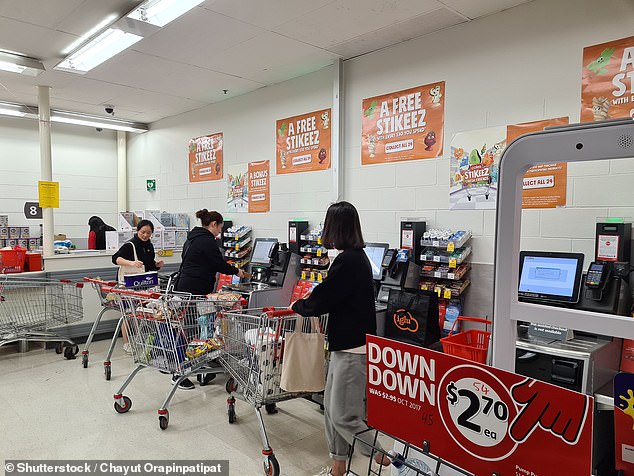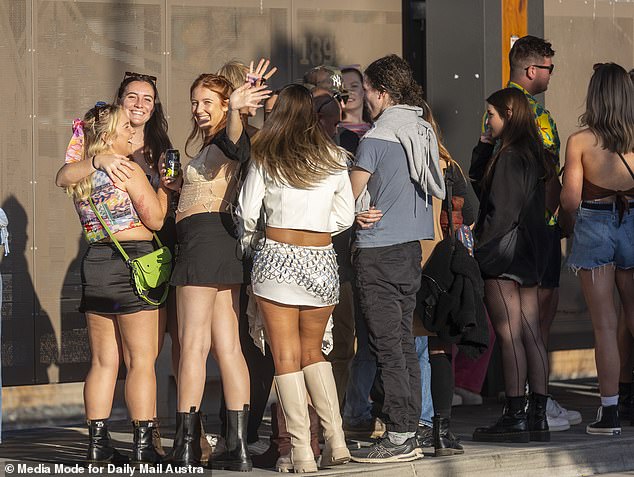Australia is in the grip of a “childhood recession” triggered by cost-of-living pressures and economic uncertainty, with birth rates falling the most since the 1970s.
The number of births in Australia in 2023 fell to 289,100, the lowest level since 2006 and the steepest rate of decline in half a century, analysis by KPMG Australia showed.
The brief pandemic baby boom is over, with 26,000 fewer births last year compared with the peak of cabin fever in 2021, when people were confined to their homes — a year-over-year decline of 4.6 percent.
Terry Rawnsley, urban economist at KPMG, said economic uncertainty after the peak of lockdowns and then the cost of living crisis meant many families delayed or abandoned plans to have a baby.
“We have not seen such a steep decline in births in Australia since the period of economic stagflation in the 1970s, which coincided with the initial widespread adoption of the contraceptive pill,” he said.
The lowest fertility rates were recorded in urban centres and inner suburbs, while the highest number of births in capital cities were often recorded in green areas dominated by immigrants, the analysis showed.
Births in Sydney fell by 8.6 per cent compared to 2019 and those in Melbourne fell by 7.3 per cent.
The number of babies born in Australia has fallen to its lowest level in almost 20 years. Pictured: Young Australians at a music festival

Australia’s fertility rate has fallen from two babies per woman in 2008 to 1.6 in 2023 and experts say the cost of living crisis could be to blame
There was a 6 per cent decline in Perth, 4.3 per cent in Brisbane, 0.8 per cent in Adelaide and an overall drop of 3.6 per cent in the Northern Territory.
However, there was no change in Canberra and Tasmania saw a 2.1 per cent increase compared to 2019.
“Young families are being pushed to the outskirts of the city where there is cheaper housing that can accommodate their children,” Rawnsley said.
The general fertility rate has declined in recent decades, from two babies per woman in 2008 to 1.6 in 2023.
Major regional centres including Newcastle and Wollongong in New South Wales saw a similar number of births in 2023 compared to 2019, which Rawnsley said reflected many young couples leaving Sydney in search of more affordable housing.
Geelong in south-west Victoria was a similar example: growth in younger home buyers produced an 11 per cent jump in births over that period, but a drop of more than six per cent compared with 2022.

